Thermal Imaging for Residential Inspections
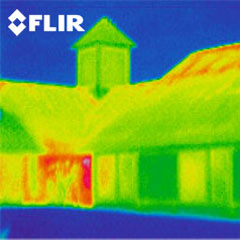
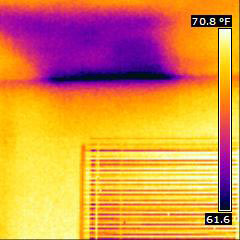
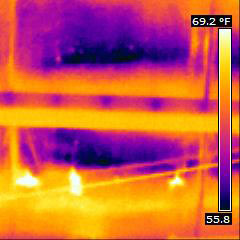
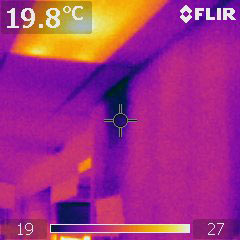
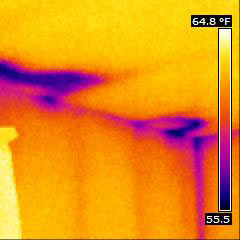
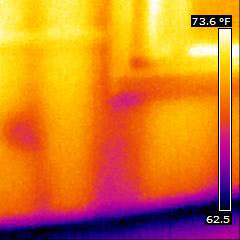
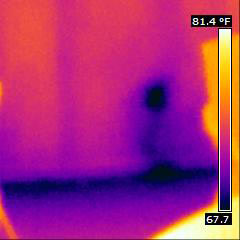
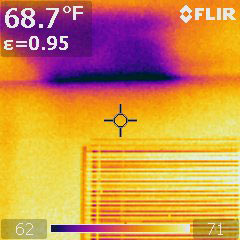
The U.S. Department of Energy suggests that every $1 invested in an energy improvement project can yield $4 to $7 in energy cost savings over the life of the improvement.
What is Thermal Imaging?
Thermal imaging uses infrared technology to detect and show temperature differences of a material Through the use of our infrared services, we can evaluate the condition of the residential structure and of its mechanical systems. Not only will it reveal issues that may have otherwise gone unnoticed, thermal imaging reduces time-consuming and expensive invasive investigations. Overall, thermal imaging reduces the risk of hidden problems by identifying areas that require further investigation.
Identifying Moisture in Ceilings, Walls, and Roofs – scanning roof coverings can reveal water intrusion and accumulated moisture below the surface excess moisture due to plumbing leaks, roof leaks, leaks around windows, etc. Wet areas of building materials cool when energy is transferred during the water evaporation process; therefore, a wet ( “cooler ”) area will stand out from the surrounding dry ( “warmer ”) surface.
Residential Energy Audits – With energy costs rising, an energy audit will reveal key areas of heat loss and or cooling loss to improve efficiency and reduce energy costs in your home. Our audits also analyze doors, windows, visible insulation levels, common areas of air leakage, kitchen appliances and lighting fixtures.
Detecting Electrical Deficiencies – A thermal scan of your electrical system will identifying hot spots Not only is this a potential safety hazard, but will result in unnecessary headaches. Making timely repairs to these trouble spots will enable your power system to operate at maximum efficiency and provide cost savings.
Plumbing Le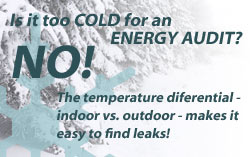 aks and Blockages – With plumbing issues and blockages within
the interior walls of your home you have only two options. You can call
a plumber to open walls and trace the leak. Or, have your walls
thermal-scanned to look for the leak non-invasively. We have helped many
clients narrow down, if not pinpoint, the most likely origin of the
mystery leak. (The cost savings can be substantial when dealing with
demolition and reinstallation of walls) Furthermore, thermal scanning
will identify other wet areas caused by the leak and should be promptly
remedied before further environmental issues set in.
aks and Blockages – With plumbing issues and blockages within
the interior walls of your home you have only two options. You can call
a plumber to open walls and trace the leak. Or, have your walls
thermal-scanned to look for the leak non-invasively. We have helped many
clients narrow down, if not pinpoint, the most likely origin of the
mystery leak. (The cost savings can be substantial when dealing with
demolition and reinstallation of walls) Furthermore, thermal scanning
will identify other wet areas caused by the leak and should be promptly
remedied before further environmental issues set in.
